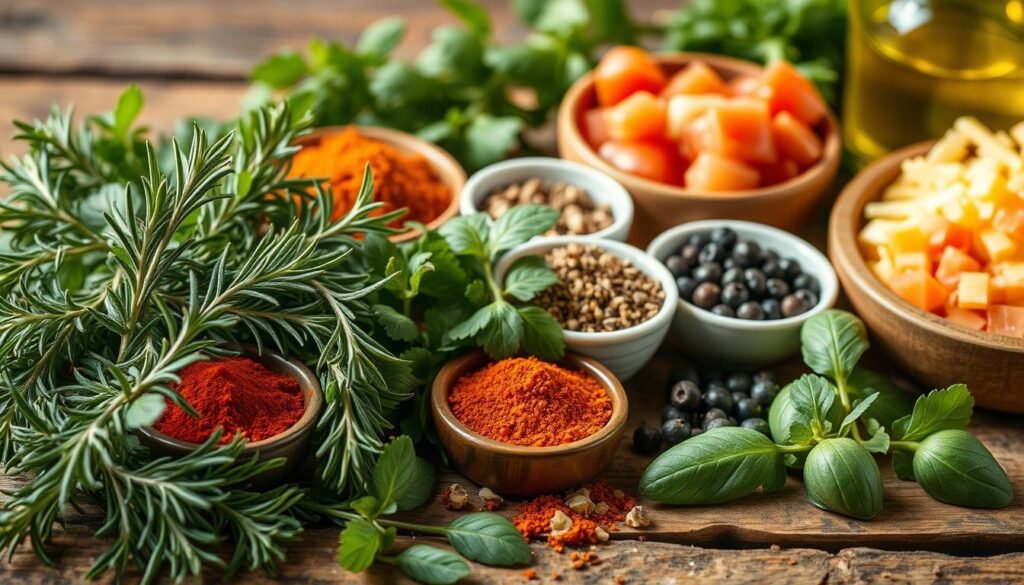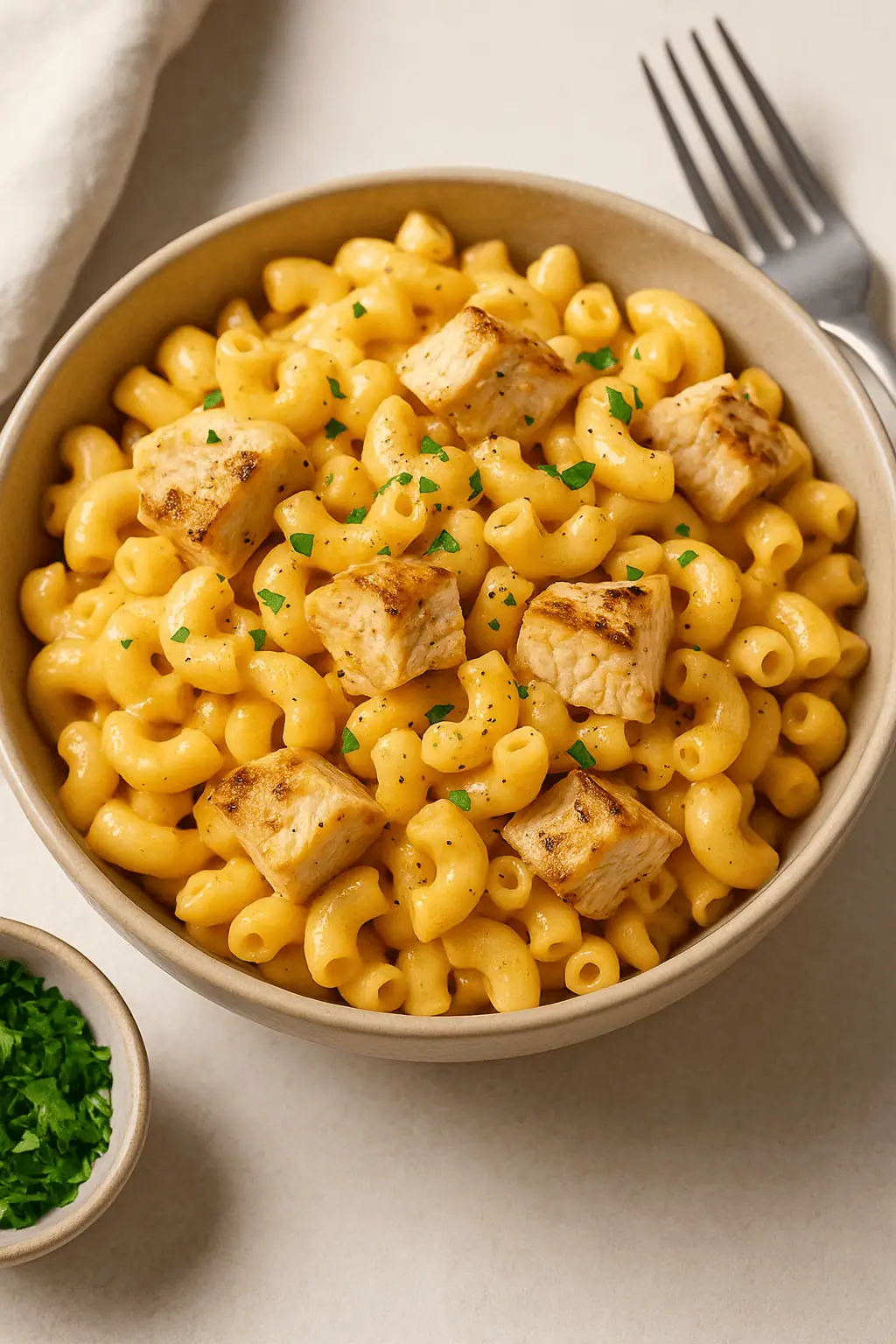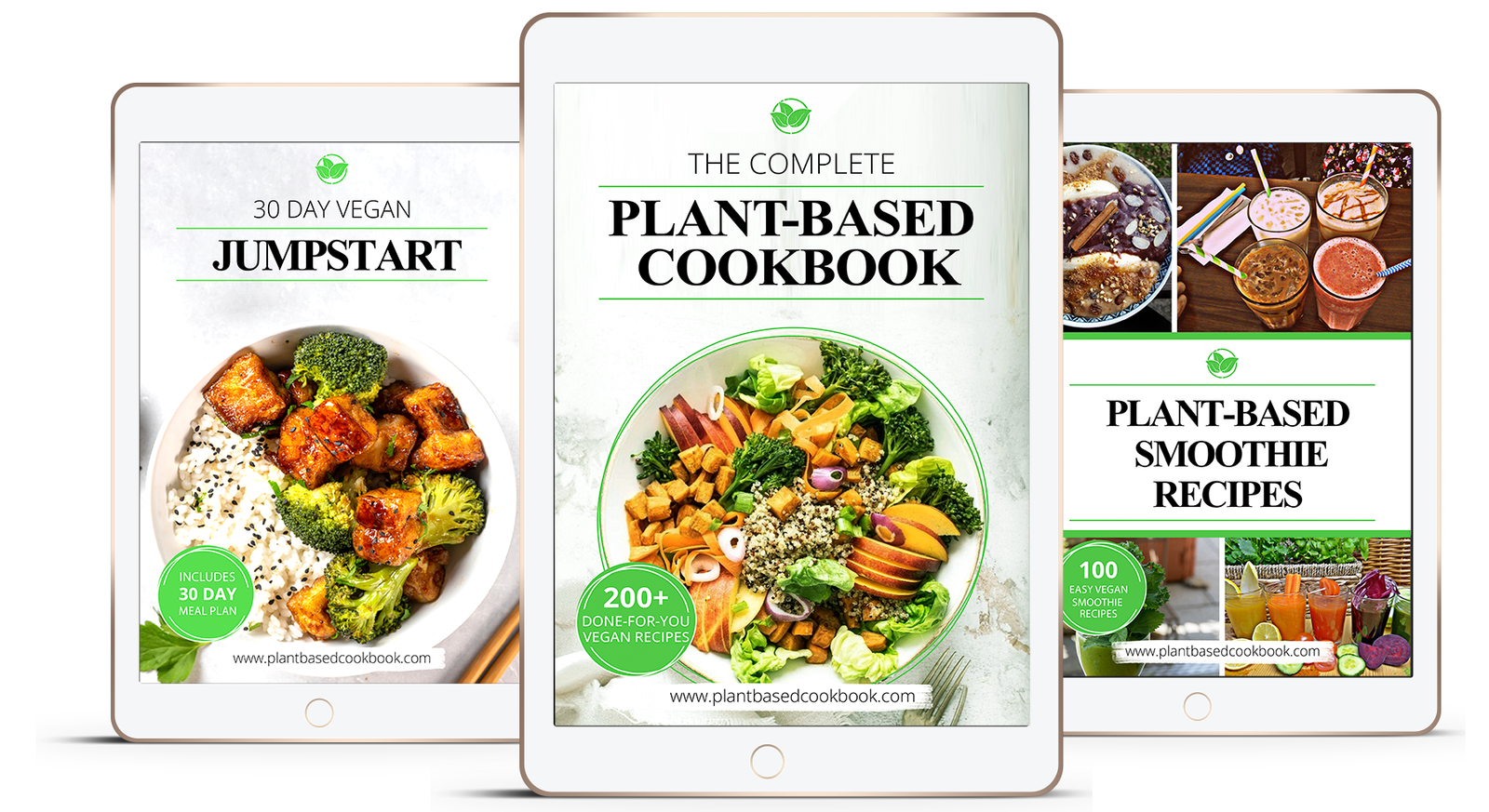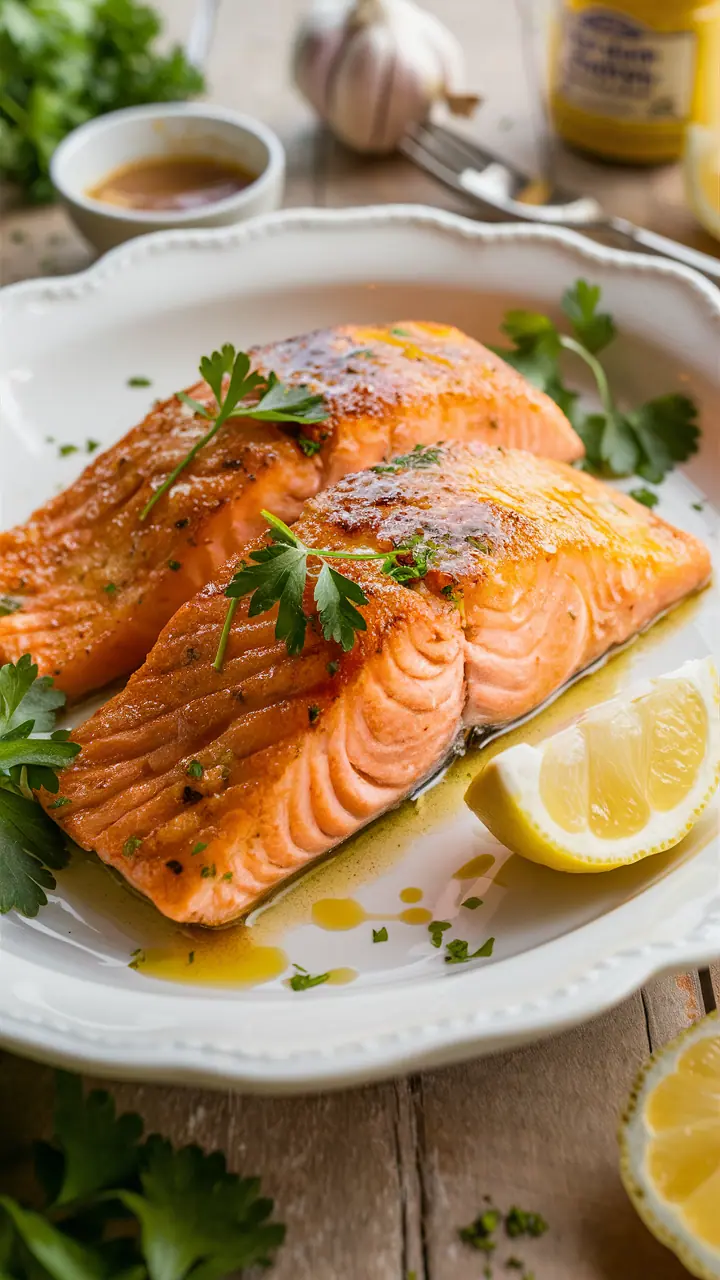(Hey! Some links in this post may be affiliate links — meaning I may earn a small commission if you buy through them, at no extra cost to you. As an Amazon Associate, I earn from qualifying purchases. I only share products I genuinely love and think you’ll find useful too. Read the full disclosure here).
Looking for a dish that’s both comforting and supports your health goals? You’re in the right spot! We’re excited to share a recipe that makes macaroni and cheese a protein-rich meal.
Our high-protein mac and cheese is a nutritious spin on a classic. It adds protein-rich ingredients to boost its health value without losing flavor.
This recipe is great for those who want healthy meals but don’t know where to start. It’s easy to follow, making a tasty and nutritious meal that suits your life.
Contents
- 1 The Power of Protein-Packed Comfort Food
- 2 Nutritional Benefits of High-Protein Mac & Cheese
- 3 Essential Ingredients for Your High-Protein Mac & Cheese
- 4 Kitchen Equipment You’ll Need
- 5 Preparation Before Cooking
- 6 Step-by-Step High-Protein Mac & Cheese Recipe
- 7 Protein Variations and Customizations
- 8 Flavor Enhancements and Nutritional Add-ins
- 9 Serving Your High-Protein Mac & Cheese
- 10 Troubleshooting Common Recipe Issues
- 11 Conclusion
- 12 FAQ
- 12.1 What are the benefits of adding protein to mac & cheese?
- 12.2 Can I use different types of protein in the recipe?
- 12.3 How do I adjust the protein content for different dietary needs?
- 12.4 What are some tips for cooking the perfect pasta?
- 12.5 Can I make high-protein mac & cheese ahead of time?
- 12.6 How can I enhance the flavor of my high-protein mac & cheese?
- 12.7 What are the benefits of adding protein to mac & cheese?
- 12.8 Can I use different types of protein in the recipe?
- 12.9 How do I adjust the protein content for different dietary needs?
- 12.10 What are some tips for cooking the perfect pasta?
- 12.11 Can I make high-protein mac & cheese ahead of time?
- 12.12 How can I enhance the flavor of my high-protein mac & cheese?
Key Takeaways
- Transform classic macaroni and cheese into a protein-rich meal.
- Enhance the nutritional value without compromising on taste.
- Simple and clear instructions for a healthy recipe.
- Perfect for health-conscious individuals seeking practical wellness advice.
- A nutritious twist on a beloved comfort food.
The Power of Protein-Packed Comfort Food
Adding protein to mac & cheese makes it both comforting and nutritious. This simple change turns a favorite dish into a meal that boosts wellness.
Why Traditional Mac & Cheese Lacks Nutritional Balance
Traditional mac & cheese is high in calories, carbs, and fat. But it’s low in protein, making it less satisfying and not fully nutritious. “A meal without protein is like a day without sunshine – it just doesn’t feel complete,” say many nutritionists.
How Added Protein Transforms a Classic Dish
Adding protein to mac & cheese boosts its nutrition and makes it more filling. It’s great for those trying to lose weight or recover from exercise.
Satiety Benefits
Protein takes longer to digest, keeping you full longer. This can help you eat fewer calories and manage your weight better.
Muscle Recovery Support
Adequate protein intake is key for muscle repair and recovery after a workout. Adding protein to your mac & cheese supports your fitness goals and muscle health.
With these benefits, it’s clear that protein-packed comfort food is more than a trend. It’s a nutritious twist on a classic dish that supports a healthier lifestyle.
Nutritional Benefits of High-Protein Mac & Cheese
High-protein mac & cheese is a nutritious meal option. It satisfies your cravings and supports your health and fitness goals. This dish is packed with essential nutrients.
Protein Content Comparison: Regular vs. High-Protein Version
Traditional mac & cheese is low in protein, making it mostly carbs. High-protein mac & cheese, on the other hand, has more protein. This is thanks to ingredients like chicken, turkey, or plant-based proteins. Here’s a comparison:
- Regular mac & cheese: about 10-12 grams of protein per serving
- High-protein mac & cheese: 30-40 grams of protein per serving
This extra protein aids in muscle repair, keeps you full, and boosts nutrition.
Complete Macronutrient Breakdown
High-protein mac & cheese offers a balanced mix of nutrients:
- Protein: 30-40 grams
- Carbohydrates: 40-50 grams (from pasta and cheese)
- Fats: 20-25 grams (from cheese and add-ins like nuts or seeds)
This balance gives you sustained energy and satisfaction.
Ideal Meal Timing for Maximum Benefits
Knowing when to eat high-protein mac & cheese boosts its benefits. Let’s explore pre-workout and post-workout benefits.
Pre-Workout Considerations
Eating high-protein mac & cheese before a workout gives you energy and helps keep muscles strong. The carbs release energy slowly, and the protein supports muscles.
Post-Workout Recovery
After a workout, this dish helps recover by refilling glycogen and repairing muscles. It’s a great way to refuel and support your fitness goals.
By eating high-protein mac & cheese at the right times, you get the most nutritional benefits. It’s a delicious and satisfying meal.
Essential Ingredients for Your High-Protein Mac & Cheese
Making the perfect high-protein mac & cheese starts with the right ingredients. You need to pick the best pasta, protein sources, and cheese. This mix makes your dish both healthy and tasty.
Pasta Options: Traditional vs. Protein-Enhanced
There are two pasta choices: traditional or protein-enhanced. Traditional pasta is a timeless favorite. But, protein-enhanced pasta adds more protein to your mac & cheese. Look for pasta made with legume flour or egg whites for a protein boost.
- Traditional pasta: classic taste and texture
- Protein-enhanced pasta: increased protein content
Protein-Rich Additions
Adding protein-rich ingredients is key for high-protein mac & cheese. You can use animal or plant-based proteins.
Animal-Based Proteins
Animal proteins like chicken, beef, and ham are great. They add protein and flavor to your dish.
- Chicken: lean protein and versatile
- Beef: rich flavor and high protein
- Ham: salty flavor and protein-rich
Plant-Based Alternatives
For plant-based options, legumes, tofu, and tempeh are excellent. They provide a protein boost without animal products.
- Legumes: high in protein and fiber
- Tofu: versatile and protein-rich
- Tempeh: nutty flavor and high protein
Cheese Selection for Optimal Flavor and Nutrition
The cheese you choose greatly affects your mac & cheese’s taste and nutrition. Choose a mix of cheeses that are high in protein and melt well.
Some top cheese choices are:
- Cheddar: sharp flavor and good melting
- Parmesan: nutty flavor and high protein
- Mozzarella: creamy texture and good melting
Optional Nutritional Boosters
To make your mac & cheese even healthier, add optional boosters like vegetables or healthy spices.
Some ideas include:
- Steamed broccoli: adds vitamins and fiber
- Turmeric: anti-inflammatory properties
- Spinach: rich in iron and antioxidants
Kitchen Equipment You’ll Need
Before you start cooking your high-protein mac & cheese, it’s important to have the right tools. The right equipment makes cooking easier and ensures your dish is perfect.
Essential Tools for Perfect Results
To make a great high-protein mac & cheese, you’ll need some basic kitchen tools. These include:
- A large pot for boiling pasta
- A colander for draining pasta
- A saucepan for making the cheese sauce
- A wooden spoon or silicone spatula for stirring
Optional Equipment for Enhanced Texture
For an extra-special mac & cheese, consider using some optional equipment:
Baking Dishes
A baking dish is necessary if you want to bake your mac & cheese. Choose a dish that’s large enough to hold all your ingredients.
Specialty Utensils
Specialty utensils like a food processor can help you achieve a creamier sauce. A grater can be used to freshly grate your cheese.
| Equipment | Purpose |
|---|---|
| Large Pot | Boiling Pasta |
| Saucepan | Making Cheese Sauce |
| Baking Dish | Baking Mac & Cheese |
| Food Processor | Blending Sauce for Creaminess |
Preparation Before Cooking
A well-prepared kitchen is the first step to a tasty and healthy high-protein mac & cheese. Before we start cooking, let’s cover the essential steps. These will make your cooking smooth and fun.
Measuring and Organizing Your Ingredients
Measuring and organizing your ingredients is key for a smooth cooking process. It saves time and prevents last-minute trips to the store. Here’s a simple checklist to follow:
- Measure out the pasta, protein, and cheese according to the recipe.
- Chop any vegetables or herbs required for added flavor.
- Organize your pantry staples, such as spices and flour.
Protein Preparation Techniques
Getting your protein right is important for taste and texture. Let’s look at how to prepare different proteins:
Meat Preparation
If using meat like chicken, beef, or pork, cook and dice it before adding to your mac & cheese. Seasoning your meat while it cooks can significantly enhance the flavor.
Plant Protein Preparation
For plant-based proteins like beans, lentils, or tofu, follow the package instructions. Some may need soaking or pre-cooking before adding to your dish.
Time-Saving Prep Strategies
Here are some tips to make meal prep quicker:
- Cook your protein in advance and store it in the refrigerator.
- Chop vegetables and store them in airtight containers.
- Measure out dry ingredients like pasta and spices into separate containers ready for use.
By following these steps, you’ll make a high-protein mac & cheese that’s tasty and nutritious. Proper preparation makes cooking stress-free.
Step-by-Step High-Protein Mac & Cheese Recipe
Ready to make your comfort food better? Let’s make high-protein mac & cheese together. This recipe is easy to follow, so you’ll get a tasty, filling meal.
Cooking the Perfect Pasta
First, cook your pasta as the package says. Use protein-enhanced pasta for more protein. Boil a big pot of salted water, add pasta, and cook until it’s just right. Save 1 cup of pasta water before draining. You’ll need it for the cheese sauce.
Preparing Your Protein Components
While pasta cooks, get your protein ready. Choose from chicken, turkey, beef, or beans or tofu. Season your protein with spices you like. Cook it well and set it aside for later.
Creating a Smooth, Protein-Enhanced Cheese Sauce
Melt butter in a saucepan over medium heat. Make a roux with flour, whisking to avoid lumps. Slowly add milk, stirring until it thickens. Take it off the heat and mix in your cheese of choice. Add protein powder if you’re using it.
Combining All Elements
In a big bowl, mix cooked pasta, protein, and cheese sauce. Make sure pasta is well coated. If it’s too thick, add some pasta water.
Final Touches and Baking Options
Put the mac & cheese in a baking dish. Add more cheese and breadcrumbs for a crispy top. Bake at 375°F (190°C) for 20-25 minutes, or until golden and bubbly. Or, serve it straight away for a creamy meal.
Follow these steps for a tasty, high-protein mac & cheese. Try different proteins and cheeses to find your favorite!
Protein Variations and Customizations
High-protein mac & cheese is very versatile. You can change the recipe to fit different tastes and diets. This makes it perfect for families or groups with different nutritional needs.
Chicken and Turkey Options
Adding chicken or turkey boosts the protein in your mac & cheese. Use cooked, shredded, or diced chicken or turkey. For example, 1 cup of cooked, shredded chicken adds 30 grams of protein.
Beef and Pork Additions
Beef and pork are great for those who like red meat. Use ground beef, diced beef, or bacon for extra protein and flavor. Ground beef can be browned and drained before mixing it into the pasta.
Vegetarian Protein Alternatives
Vegetarians have many protein-rich options. Two popular ones are:
Tofu and Tempeh
Tofu and tempeh are soy-based and high in protein. They can be marinated and cooked to add flavor to your mac & cheese.
Beans and Legumes
Beans and legumes, like black beans, chickpeas, and lentils, are protein-rich. They also have fiber and other nutrients, making them a healthy choice.
Vegan Protein Possibilities
Vegans can enjoy high-protein mac & cheese with plant-based proteins. Use tofu, tempeh, seitan, or vegan protein powders. Nutritional yeast can also enhance the cheesy flavor while keeping it vegan.
Adjusting Protein Content for Different Dietary Needs
Adjust the protein in your mac & cheese for muscle gain or a balanced diet. Here’s a simple table to help you plan:
| Dietary Need | Protein Source | Protein Amount |
|---|---|---|
| Muscle Gain | Chicken, Beef | 50g per serving |
| Maintenance | Turkey, Tofu | 30g per serving |
| Vegan | Tempeh, Beans | 20g per serving |
Customizing your high-protein mac & cheese ensures it meets your dietary needs. And you get to enjoy a delicious, comforting meal.
Flavor Enhancements and Nutritional Add-ins
Make your comfort food a masterpiece with our tips. Add herbs, spices, and veggies to your high-protein mac & cheese. It will taste great and be full of nutrients.
Herbs and Spices That Complement Protein-Rich Dishes
Right herbs and spices can make your mac & cheese taste amazing. Try paprika for smokiness, garlic powder for aroma, or Italian seasoning for herbs. For spice, use cayenne pepper. For earthiness, try dried thyme.
Vegetable Additions for Extra Vitamins and Minerals
Adding veggies to your mac & cheese boosts fiber and vitamins. Steamed broccoli, sautéed spinach, or roasted bell peppers are great. For extra protein and flavor, add grilled mushrooms.
Creating Different Regional Flavor Profiles
Give your mac & cheese a regional twist with specific ingredients. Here are some ideas:
Mediterranean Style
Add kalamata olives, artichoke hearts, and feta cheese for a Mediterranean taste.
Southwest Inspired
Use diced jalapeños, black beans, and cilantro for a spicy twist.
Classic American
Go classic with bacon bits, caramelized onions, and chives for a comforting taste.
| Regional Style | Key Ingredients | Flavor Profile |
|---|---|---|
| Mediterranean | Kalamata olives, artichoke hearts, feta cheese | Salty, tangy, herby |
| Southwest | Diced jalapeños, black beans, cilantro | Spicy, bold, fresh |
| Classic American | Bacon bits, caramelized onions, chives | Smoky, sweet, savory |

Serving Your High-Protein Mac & Cheese
Now that your high-protein mac & cheese is ready, let’s look at some serving ideas. These tips will help you enjoy this nutritious dish to the fullest.
Portion Recommendations Based on Nutritional Goals
When serving high-protein mac & cheese, it’s important to control portions. For a main dish, serve 1 to 1.5 cups per person. If it’s a side, 0.5 to 1 cup is enough.
Complementary Side Dishes
To make a balanced meal, pair your mac & cheese with other dishes. Here are some good options:
- Steamed vegetables like broccoli or green beans
- A fresh green salad with light vinaigrette
- Roasted sweet potato wedges
Presentation Tips for Family Meals
Good presentation can make mealtime more fun, even for family meals. Add a sprinkle of paprika or chopped herbs on top for color. Serving it in individual ramekins adds a fun twist.
Meal Prep Strategies for Weekly Planning
High-protein mac & cheese is great for meal prep. Make a big batch, portion it out, and refrigerate or freeze for later. This saves time and ensures you have healthy meals ready.
| Meal Prep Tip | Benefit |
|---|---|
| Refrigerate for up to 3 days | Keeps the mac & cheese fresh |
| Freeze for up to 2 months | Extends shelf life |
| Reheat as needed | Saves time during busy days |
Troubleshooting Common Recipe Issues
Even with a great recipe, things can go wrong. But don’t worry, we’ve got you covered. When making high-protein mac & cheese, you might encounter some issues. But with our troubleshooting tips, you’ll be able to overcome them and enjoy your meal.
Fixing Texture Problems
Texture issues can be a real problem. Let’s look at a couple of common texture-related problems and their solutions.
Dry or Gritty Sauce
If your sauce turns out dry or gritty, it’s likely because the cheese didn’t melt properly or you overcooked it. To fix this, try adding a little more milk or cream and stirring until the sauce is smooth again. You can also reheat it gently, stirring constantly.
Overcooked Pasta
Overcooked pasta can make your mac & cheese mushy. To avoid this, check your pasta frequently as it cooks, and drain it when it’s al dente. If it’s already overcooked, try mixing it with some freshly cooked pasta to improve the texture.

Addressing Flavor Imbalances
Flavor imbalances can occur if your dish is too salty, too bland, or lacks depth. To fix a too-salty dish, add a dairy product like milk or yogurt to dilute the saltiness. For a bland dish, try adding more seasoning or spices. You can also add a pinch of salt to bring out the flavors.
Protein Integration Problems and Solutions
If your protein isn’t integrating well with the pasta and cheese sauce, it might be due to insufficient mixing or cooking. Ensure that your protein is cooked and shredded or diced properly before mixing it with the pasta and sauce. If you’re using a lean protein, consider adding a bit more cheese or sauce to help it blend in.
Adjusting for Dietary Restrictions
Whether you’re catering to gluten-free, vegan, or other dietary needs, you can adjust this recipe. For gluten-free diets, use gluten-free pasta. For vegan diets, substitute dairy products with plant-based alternatives and use vegan protein sources. Always check the labels to ensure that your ingredients comply with the required dietary restrictions.
Conclusion
By now, you’ve seen how easy it is to make a classic comfort food healthier. High-protein mac and cheese is a tasty way to support your health goals. With the right ingredients and a few simple steps, you can enjoy a dish that’s both satisfying and packed with nutritional benefits.
As you add high-protein mac and cheese to your meal planning, try different protein sources and add-ins. This dish can be a great post-workout meal or a comforting dinner. We encourage you to get creative in the kitchen and make healthy comfort food a part of your routine.









One Comment